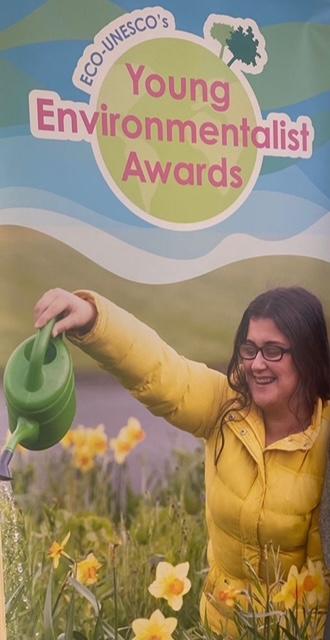We need your Vote Please login and help us
https://forms.office.com/pages/responsepage.aspx?id=7C_feVYua02NYftQDeBKo8vQWQ7emmZGlUtyKExkcgFUMko3UkpOQlJLOVdFU1FTNUFaQU9LR0NJViQlQCN0PWcu&origin=lprLink
Fast fashion is one of the main contributors to water pollution.
When clothes are made in a hurry and made in a massive productions (like fast fashion), they need lots of colorful dyes. But these dyes end up in rivers and oceans, making the water polluted and not safe for fish and other sea creatures to live in.
Many clothes are also made from materials like plastic. When these clothes are washed, tiny pieces of plastic break off and end up down the drain which ends up in rivers and oceans. And again this plastic bits can be harmful to the sea creatures as many can digest them and choke, but also getting stuck and hurting themselves.
Wednesday:
These factories that produce unsustainable clothing requires a lot of water to produce the clothes. It can be up to 700 gallons of water. And sometimes factories use up so much water that local rivers and lakes can become dry leading to the suffering of the plants and animals.
To make clothes soft or wrinkle-free, factories use many chemicals, and most chemicals can be very harmful. When these chemicals are washed out of clothes, they can end up in the water and make it polluted for the animals and plants to live that depend on the clean water.
Thursday:
The polluted waters from the making of clothes doesn’t just stay in one place. But instead it travels through rivers and oceans affecting animals and people far away from where the clothes were made.
GOOD NEWS! People are working on making clothes in a cleaner way! Using fewer chemicals, recycling old clothes into new ones, and finding better ways to dye fabrics without hurting the environment.
Remember, every little thing we do, like choosing clothes made from recycled materials or wearing them for longer before throwing them away, can help keep our waters clean and our planet healthy!
